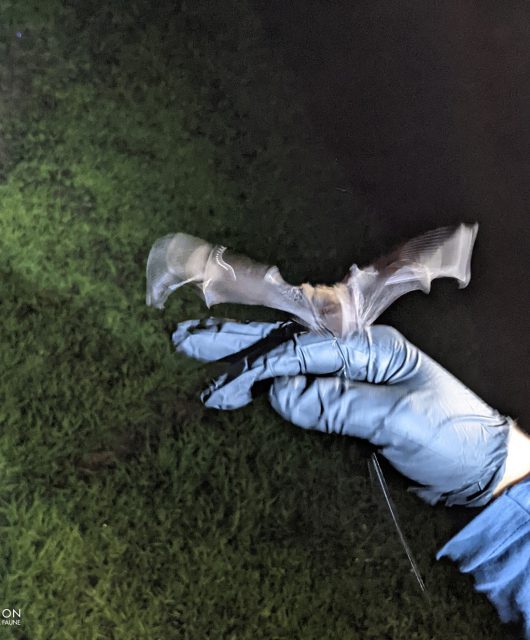It’s not only important to our planet, but to humankind as well
When you are someone tuned into conservation issues, there’s a word you’ll no doubt be hearing rather frequently in 2023, and it’s one that speaks to the heart of the Canadian Wildlife Federation’s conservation efforts. That word is biodiversity.
Like “climate change” and “global warming,” the word “biodiversity” comes packed with all kinds of implications related to wildlife conservation in Canada. As a result, it’s important to understand why it’s such a key issue across the conservation community and discover some simple actions you can take to have a positive impact on biodiversity.
Just the Facts, Ma’am
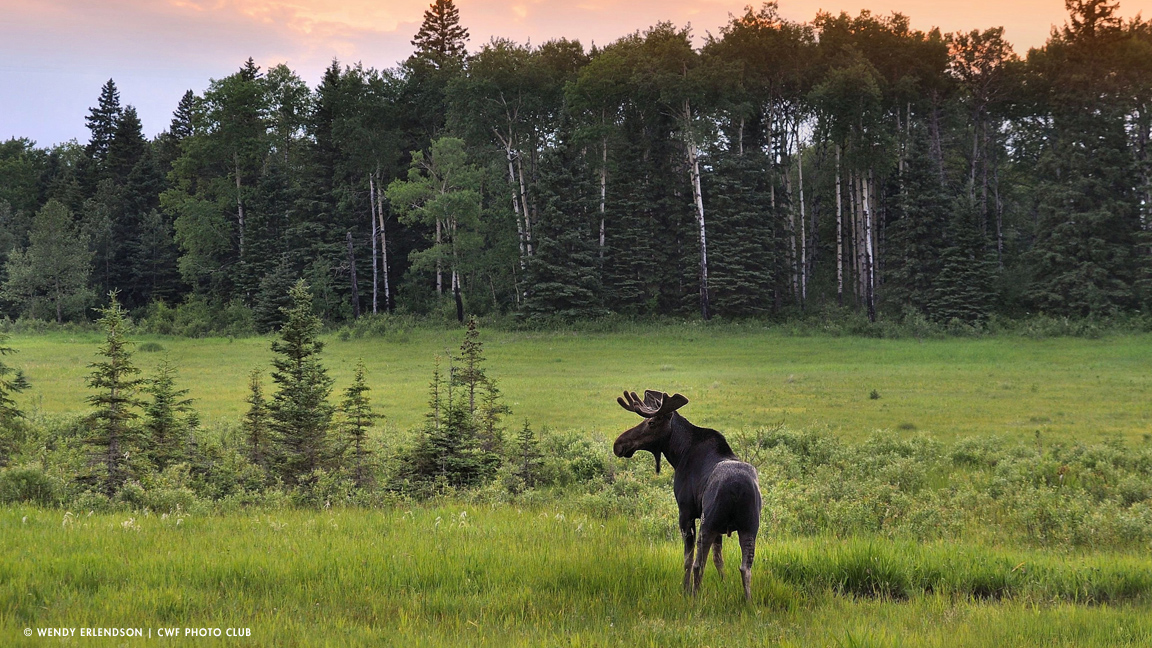
Let’s start with some simple facts. Canada is the second largest country on earth, covering more than 15 million square kilometres of land and water. We are blessed with an abundance of nature; Canada includes approximately 24 per cent of the earth’s wetlands, 20 per cent of its freshwater and eight per cent of its forests. From coastal communities to prairie grasslands, we live, work, and play in some of the most diverse natural spaces on the planet.
“Biodiversity” refers to the variety of life on earth, in terms of number of species and the abundance of each. That includes the variety available within species (genetic diversity), the variety between species, and the variety of ecosystems. Biodiversity in Canada includes over 71,000 species of known plants and animals, but there are still potentially many more yet to be discovered. In 1992, Canada ratified the United Nations Convention on Biological Diversity along with many other nations across the world. The reasons why so many countries supported the initiative are clear: biodiversity is important for sustaining life as we know it, and the present rate of loss of biological diversity – a.k.a. “biodiversity” – is perhaps the greatest global environmental threat facing humanity
Why is Biodiversity so Important?
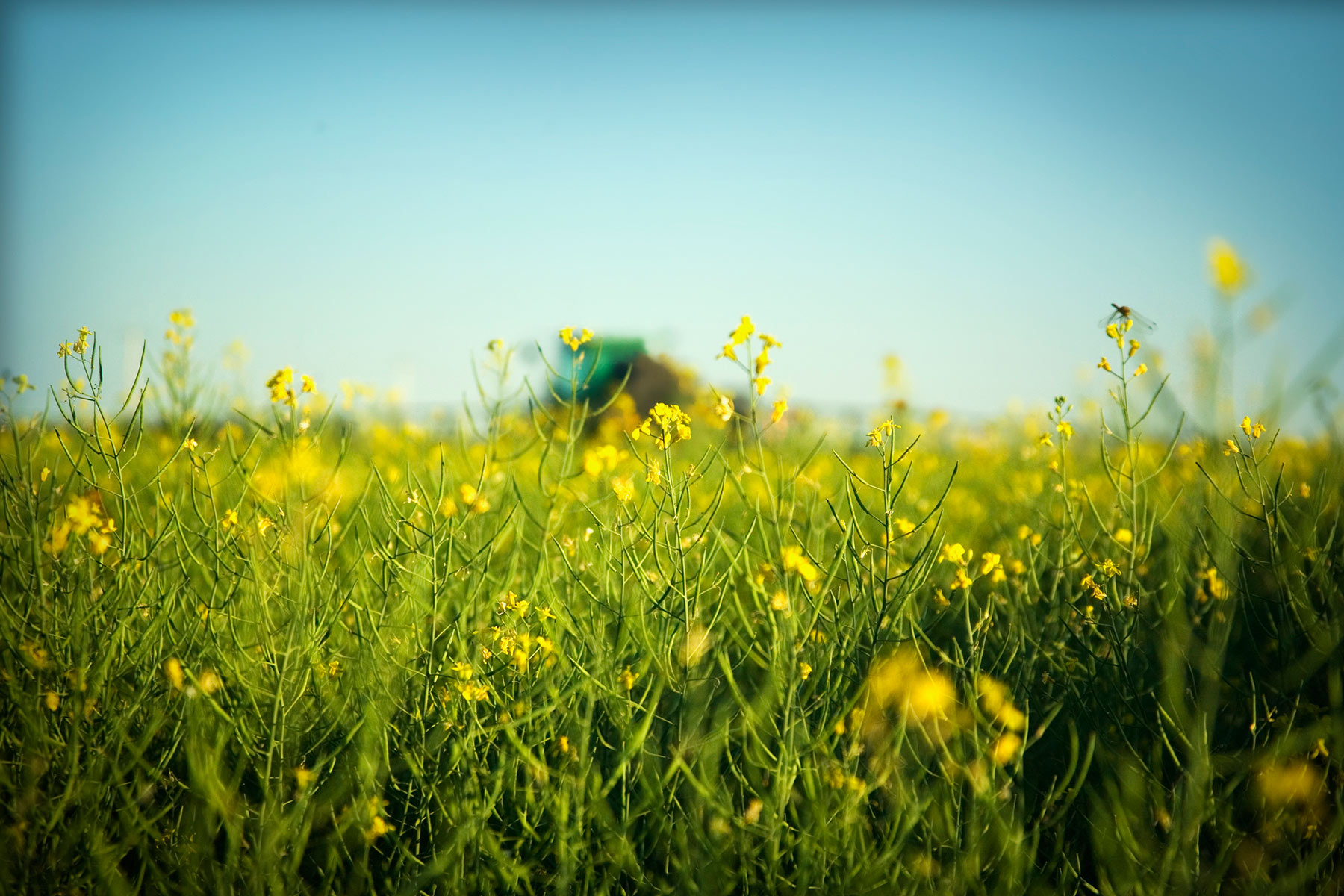
Pause for a moment and think about the involuntary systems within your body that keep you alive: your heart, your brain, your lungs. Similar systems can also be found in nature. There are plants filtering carbon dioxide that produce the oxygen we breathe; there is an ongoing process of the natural filtration of water; there is pollination of plants, oceans that help regulate climate, and soils that become naturally enriched through the lifecycle of plants and species inhabiting the earth. Biodiversity is critical to the survival of the human species, and right now, we humans are not doing the greatest job at protecting biodiversity levels.
The Importance of COP 15
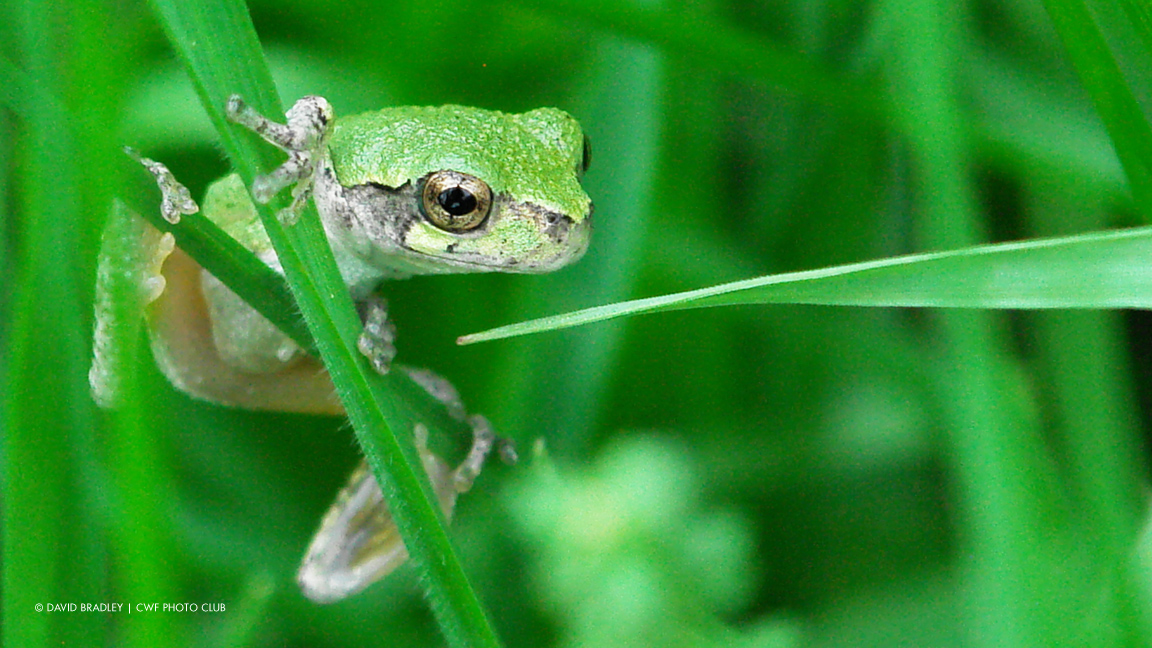
This past December in Montreal, governments from around the world came together for the COP 15 (Conference of Parties) event. Their objective was to come together and agree on a new set of goals to guide global action through 2030 to halt and reverse nature loss. Nature is critical to meeting the Sustainable Development Goals and limiting global warming to 1.5 degrees. From a Canadian perspective, habitat loss is the most common threat to Canada’s biodiversity and must be addressed through strong government policies and personal actions.
“This is serious,” said James Pagé, Species at Risk and Biodiversity Specialist for CWF, following the release of the Wild Species 2020 report showing 20 per cent of Canadian species are at risk of extinction.
“Once a species is lost, it’s gone, never to be seen again in Canada (and in some cases the world) without huge reintroduction efforts. And possibly more serious, seven of these species used to only be found in Canada so are now globally extinct.”
Even as scientists discover new species (estimates suggest millions remain unknown), it is clear that our biodiversity is under threat – from competing land uses, pollution, human population growth and human activities.
How to Help as an Individual
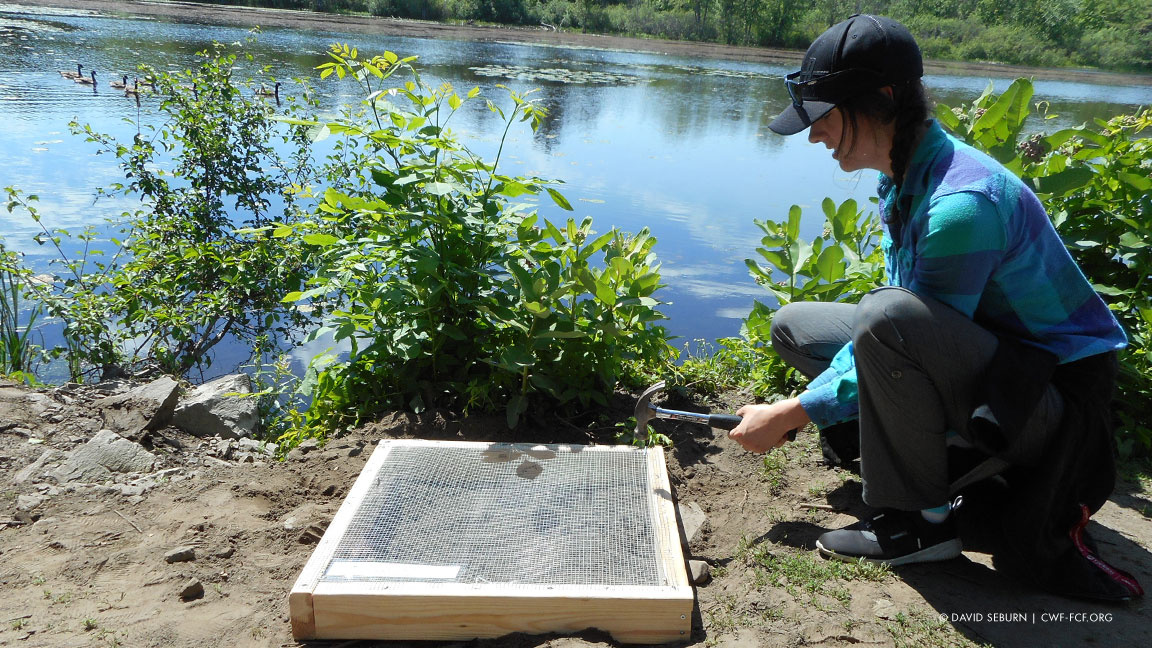
What can we do as individuals to help the cause? In truth, protecting biodiversity begins with knowledge and exploration. That means getting outside, connecting with nature in an intimate way, and simply experiencing the natural world around you while you walk, jog ski, snowshoe, hike or cycle. You can also make a truly impactful contribution to tracking Canadian biodiversity through use of the iNaturalist platform. Whether you access it through your computer or your mobile device, iNaturalist encourages you to take pictures or record sounds of nature and upload them into iNaturalist.ca. The platform includes recognition software that helps you discover what species you may have found.
All that information becomes part of an active database of biodiversity that scientists across Canada and around the world are now using to track species. It’s a simple “citizen science” activity that can have a profound impact on efforts to protect biodiversity. Over nine and a half million observations of plants and animals have already been tracked in Canada via iNaturalist; with your help, we can reach 10 million in 2023!
For more information on iNaturalist, visit iNaturalist.ca.

